Car of the Week: The 1968 Bizzarrini Is One of Italy’s Best-Kept Automotive Secrets—and Now One Is up for Grabs
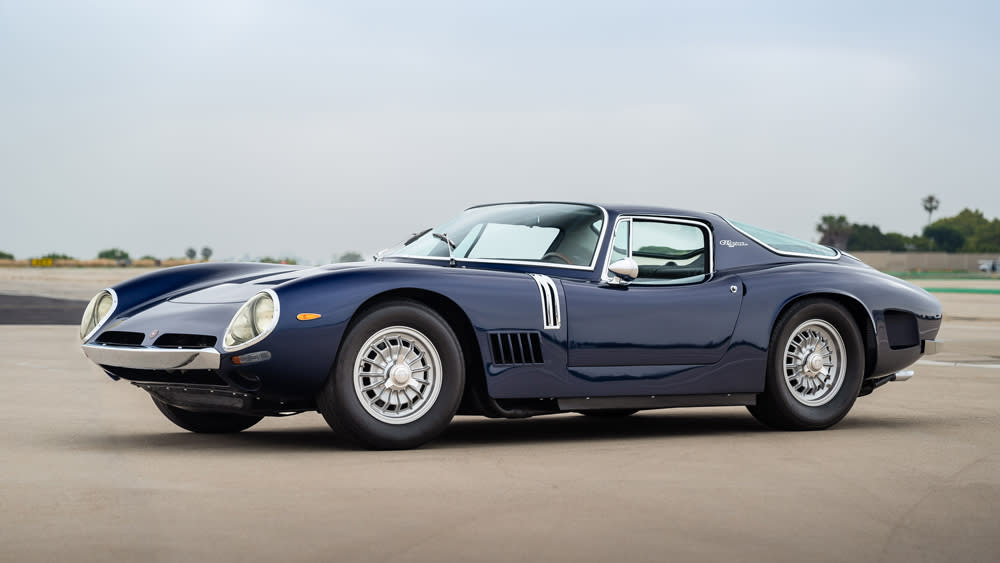
- Oops!Something went wrong.Please try again later.
- Oops!Something went wrong.Please try again later.
The 1960s was a fertile and fascinating era of car design, especially in Italy. They were a time and place unrivaled—in this observer’s opinion—by any other in automotive history. It was in that period that the Italian auto industry could claim a growing fraternity of manufacturers, whose footprint ranged from the size of a large garage to the city blocks occupied by leviathan FIAT. There were more automakers whose names ended in “i” than ever before, giving rise to the affectionate term “Etceterrini” in reference to anything whose badge was not Maserati’s trident, Ferrari’s cavallino rampante or the raging bull of Lamborghini—the newcomer to the scene.
Lamborghini’s factory broke ground in 1963, and was made possible due to the stellar V-12 engine commissioned by Ferruccio Lamborghini from engineer Giotto Bizzarrini. The enterprising Bizzarrini was a true freelancer, having recently been fired (along with his colleagues) by the mercurial Enzo Ferrari, despite Bizzarrini being the architect of Ferrari’s iconic 250 GTO. But Bizzarrini was onto another project.
More from Robb Report
Monterey Car Auction Sales Fall 16%, Despite a $30 Million Ferrari
Car of the Week: This Immaculately Restored 1955 Corvette Roadster Is Now Up for Grabs
Czinger's Sinister New 1,350 HP Hypercar Looks Like a Famous Spy Plane, and That's the Point
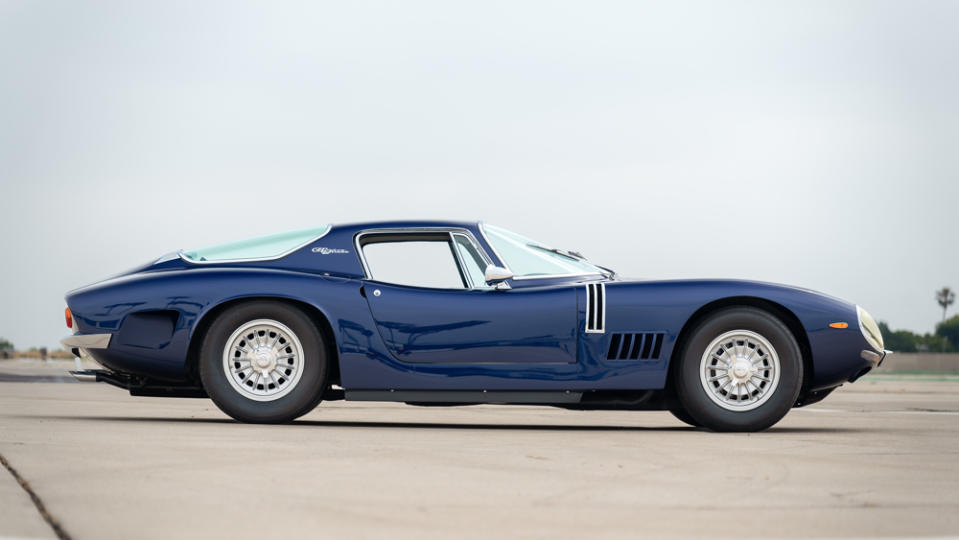
Successful industrialist Renzo Rivolta, who established his Iso Rivolta car company in 1962, engaged Bizzarrini to create the original Rivolta GT, as well as two of the most remarkable cars to emerge from 1960s Italy. Those were the Iso Grifo A3/L (Lusso) and A3/C (Corsa), both of which appeared at the 1963 Turin Motor Show, the former on the Bertone stand and the latter on Iso’s own display. Giorgetto Giugiaro, Bertone’s design star, penned both shapes. Designer of the De Tomaso Mangusta, Maserati Ghibli, and one-off Bizzarrini Manta, Giugiaro was as gifted as anyone in the history of automotive design. To see an Iso A3/C or Bizzarrini 5300 GT in the “flesh” is to behold a masterpiece of form: proportion, purpose, and performance are equally weighted in an expression of fluid elegance the equal of Jaguar’s iconic E-Type coupe.
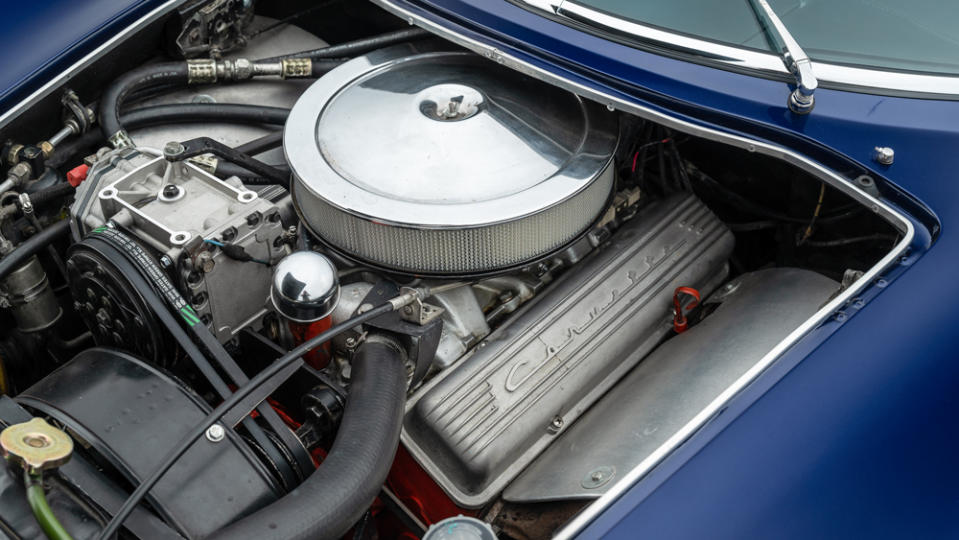
Iso made the Grifo, a luxury GT that had a successful run in two series, from 1965 to 1974, all powered by a variety of Chevrolet (mostly) and Ford V-8 engines. The formula was as brilliant as it was economical. The genius of Iso was that, instead of having to develop an engine unique to the marque—like Bizzarrini’s Lamborghini V-12—a reliable, inexpensive and nearly invincible American V-8 could be pressed into service. Bizzarrini’s own company, founded in 1964, built the A3/C for Iso, and quite unlike its GT sibling, it was a pure sports car developed to dominate the track. And dominate, it did, taking first in the GT class at Le Mans in 1964 and 1965, nearing 190 mph on the Mulsanne Straight.
The lightweight semi-monocoque aluminum body was riveted to a fabricated platform chassis that used a front-mid-mounted Chevrolet 327 ci V-8 engine—hence, the Bizzarrini 5300 designation (5300 cc displacement being roughly equivalent to 327 ci)—and applied lessons learned from Bizzarrini’s own Ferrari 250 GTO. In the words of the engineer, “I started with the idea of the Ferrari GTO and set about trying to improve on it.”
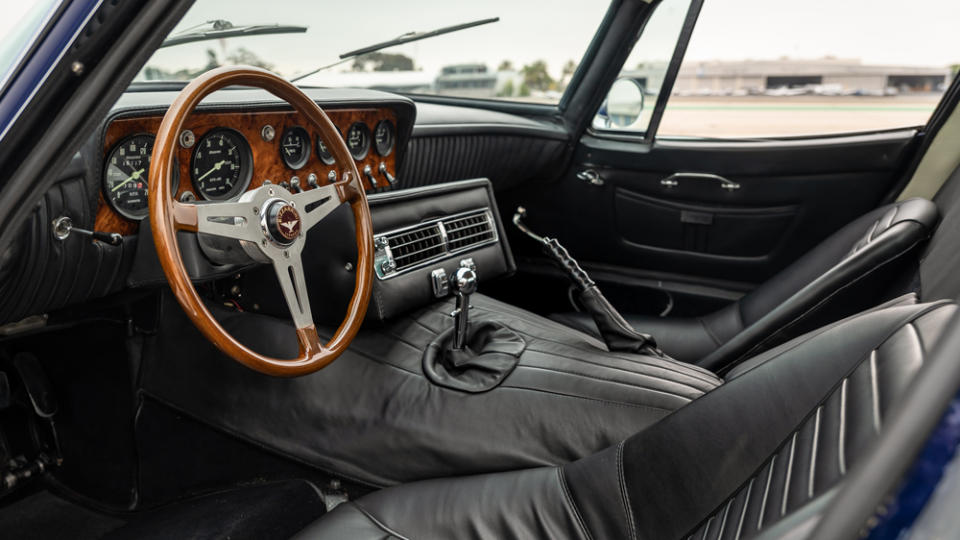
The result was scintillating performance and handling in a car that developed between 350 hp and 420 hp. The output depended on tune and carburetion, which ranged from a single gas-guzzling Holley to four exquisite Weber downdrafts. As is often the case, Bizzarrini and Iso parted ways, and the engineer subsequently built the Grifo A3/C under his own name as the Bizzarrini 5300 GT Strada and 5300 GT America. A complicated genealogy suggests that approximately 115 examples of both were produced (in aluminum and fiberglass, respectively) between 1965 and early 1969.
Pricing the car at $10,500, nearly $5,000 less than the Italian “Big Three,” proved an unprofitable strategy, and Bizzarrini’s short-lived company declared bankruptcy in 1969. Giotto Bizzarrini’s story is a fascinating one, intricately told by marque expert Winston Goodfellow in the definitive book on the subject, Bizzarrini: A technician devoted to motor-racing, published in 2004 by Giorgio Nada Editore.
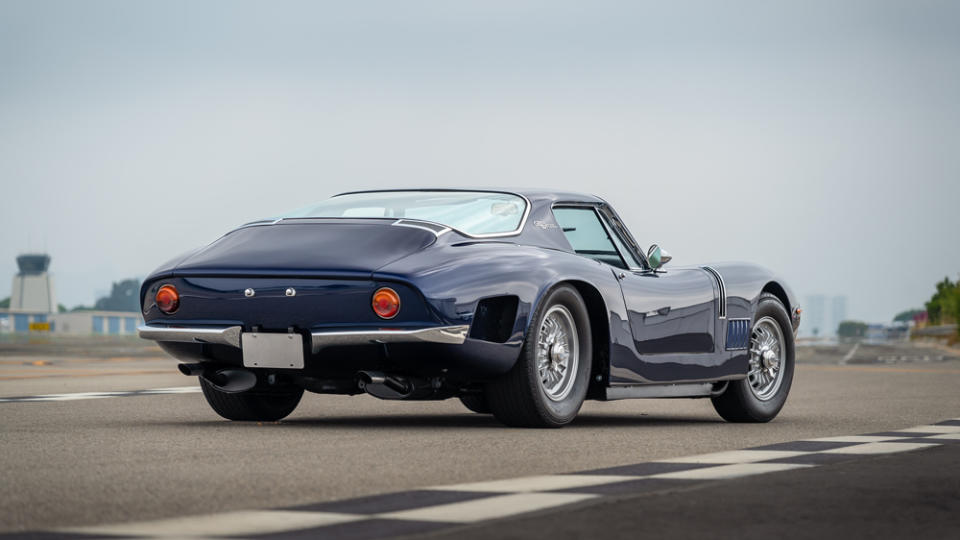
According to Bizzarrini specialist Jack Koobs de Hartog, this 1968 Bizzarrini 5300 GT Strada Alloy, chassis No. IA3 0323, was among the last of the 86 alloy-bodied examples built. It was delivered new to California and remained there until 2017. Sympathetically restored and with more than $130,000 in restoration work performed since late 2021, it features new paint and interior in the original colors, and is optioned with air conditioning and Campagnolo center-lock, forged magnesium wheels of Iso design. Crossing the auction ramp, during Monterey Car Week, at the RM Sotheby’s sale on Friday, August 18, this rare gem is expected to fetch as much as $1 million.
Click here for more photos of this 1968 Bizzarrini 5300 GT Strada Alloy.
Best of Robb Report
Sign up for Robb Report's Newsletter. For the latest news, follow us on Facebook, Twitter, and Instagram.


